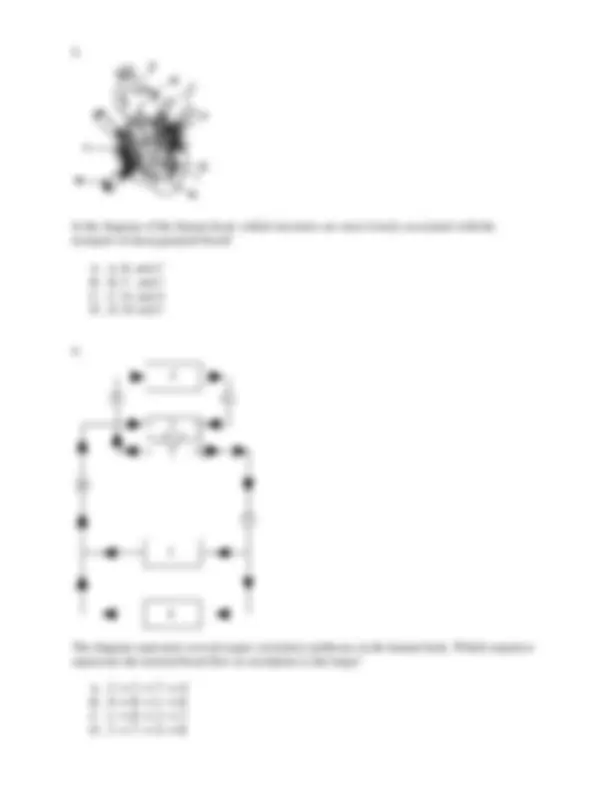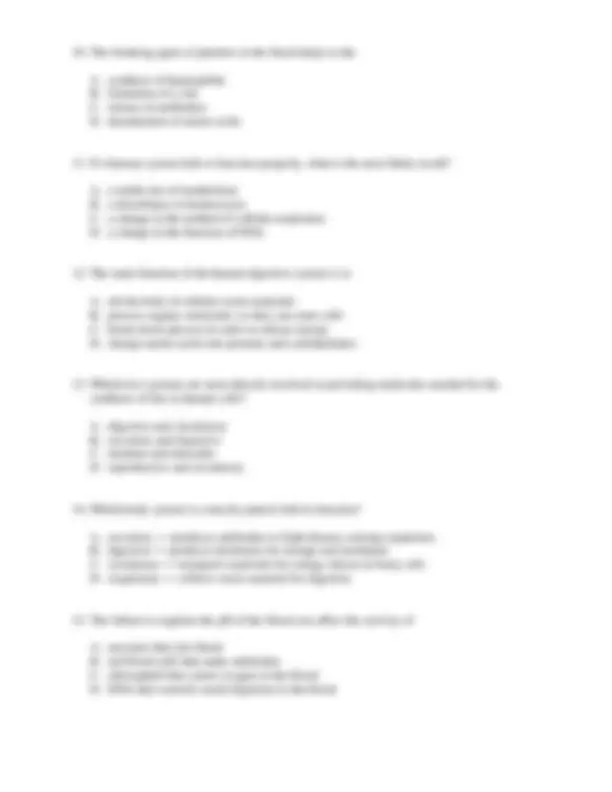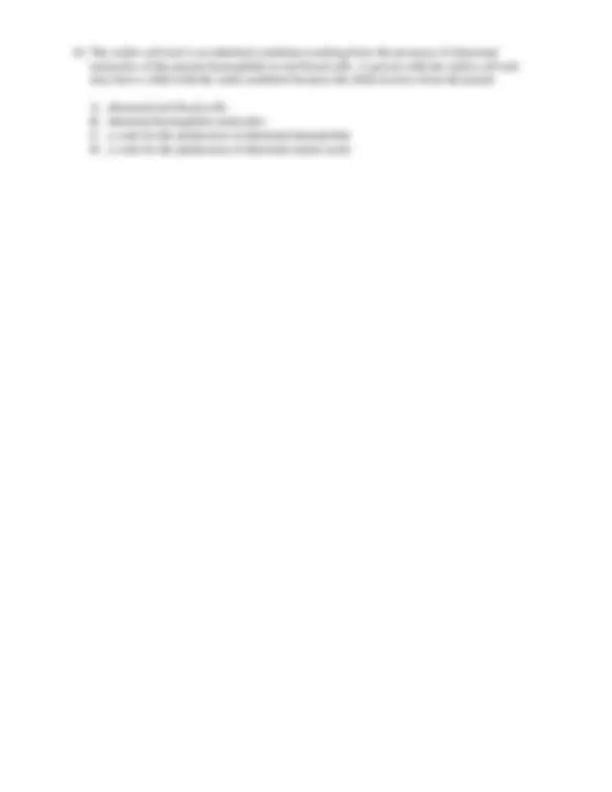





Study with the several resources on Docsity

Earn points by helping other students or get them with a premium plan


Prepare for your exams
Study with the several resources on Docsity

Earn points to download
Earn points by helping other students or get them with a premium plan
Community
Ask the community for help and clear up your study doubts
Discover the best universities in your country according to Docsity users
Free resources
Download our free guides on studying techniques, anxiety management strategies, and thesis advice from Docsity tutors
Which statement best describes arteries? A. They have thick walls and transport blood away from the heart. B. They have thick walls and transport blood toward ...
Typology: Lecture notes
1 / 6

This page cannot be seen from the preview
Don't miss anything!




The diagrams show various organ systems. Cardiovascular diseases interfere most directly with the normal functioning of A. system E B. system G C. system C D. system D